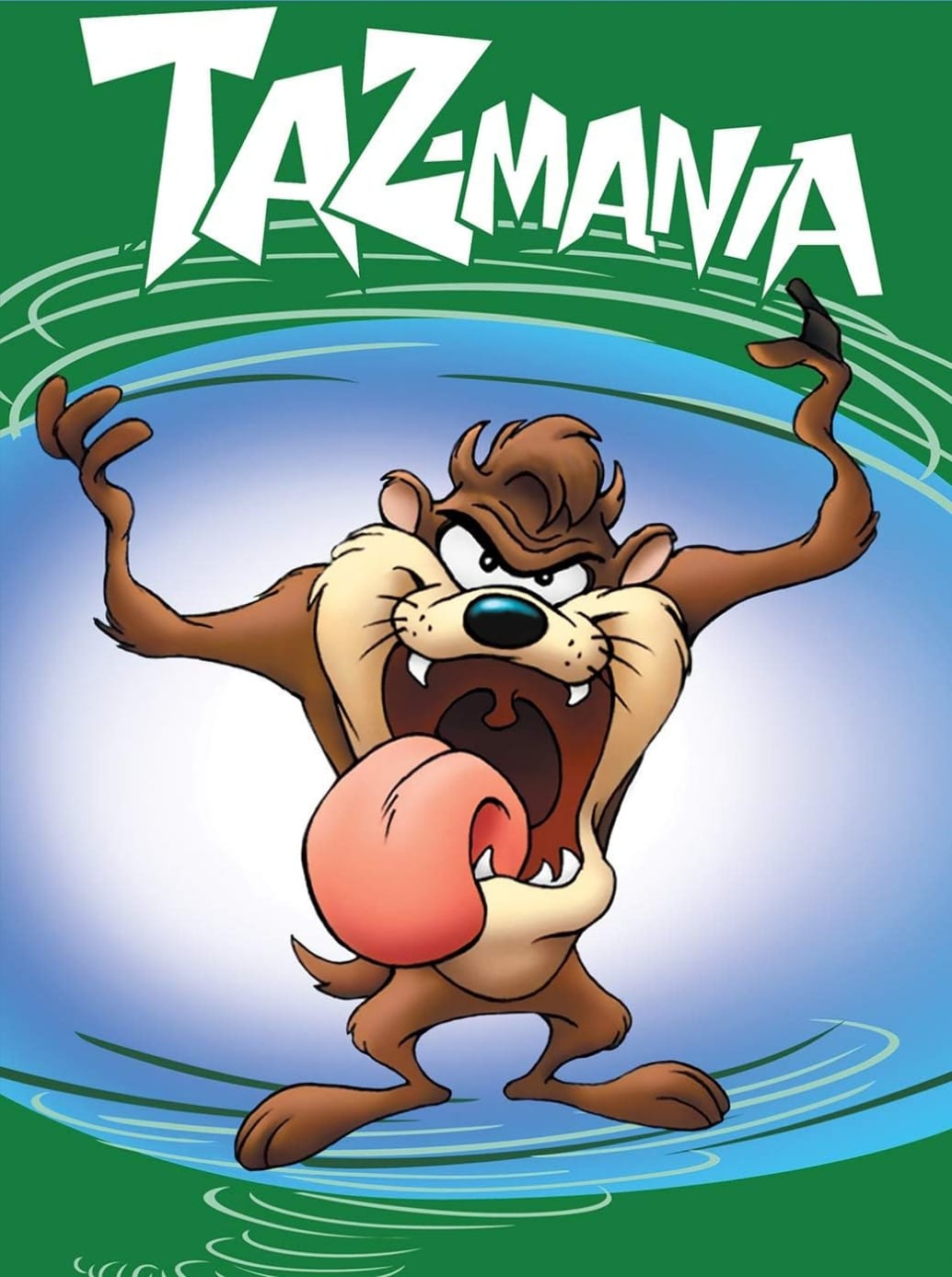The Soundtrack of a Human Suplex Machine: Exploring Tazz’s Entrance Music
Tazz, known as the “Human Suplex Machine,” wasn’t just a force in the ring—his entrance music was just as powerful in building his intimidating persona. But what exactly were the songs that heralded his arrival and fueled his reign of dominance?
Tazz’s musical journey actually began in ECW with a track called “Survive If I Let You.” This high-energy theme perfectly matched his hardcore wrestling style, especially during his time as ECW World Heavyweight Champion.
However, it was his WWE theme song that reached legendary status. When Tazz entered the WWE, his music transitioned to “Just Another Victim” by the iconic hip-hop group Cypress Hill. With its hard-hitting beats and aggressive lyrics, the song became synonymous with Tazz himself. Those first few notes sent chills down your spine, signaling that someone was about to be stretched in the ring.
This collaboration between WWE and Cypress Hill was groundbreaking. It signaled a willingness to embrace different genres, paving the way for future wrestler-musician partnerships. “Just Another Victim” fit Tazz perfectly, capturing his no-nonsense attitude, intensity, and the ever-present threat of his Tazmission finisher.
While Tazz’s theme song evolved, it’s “Just Another Victim” that remains iconic, a perfect example of how music can elevate a wrestler’s persona and create an unforgettable fan experience.
Decoding the Power of Opening Songs: More Than Just a Tune?
We all have those catchy TV show themes stuck in our heads. But have you ever considered what makes these “opening songs” so effective?
These musical introductions do more than provide background music. They offer a glimpse into a show’s vibe. A peppy, upbeat track? Likely a sitcom. A dramatic orchestral piece? Get ready for some serious plot twists!
Opening songs often utilize visuals directly connected to the storyline, like a mini-trailer set to music. And that catchy hook? It ensures the show stays with you long after the credits roll. Imagine “Game of Thrones” without its epic theme—unthinkable!
Interestingly, these themes can spark debate. “Community’s” “At Least It Was Here” by The 88, is a prime example. The line “Tie me to dream,” often misheard as “Tie me to a tree,” has fueled fan theories about the song’s meaning. It just goes to show how deeply opening themes resonate with audiences.
Unmasking Movie Theme Songs: More Than Just a Soundtrack?
Tazz’s “Just Another Victim” is a prime example of how a theme song can become a wrestler’s sonic signature. But what about movies? How do these themes elevate the cinematic experience?
More than just background music, movie themes are a film’s sonic DNA. They capture the essence of the story, setting the tone, evoking emotions, and creating a sonic identity that lingers long after the credits roll.
Think of iconic themes like “Jaws,” “Star Wars,” or “James Bond.” These instantly recognizable pieces of music have become cultural touchstones, transcending the screen to become ingrained in our collective consciousness.
But it’s the emotional resonance of a great film theme that truly sets it apart. Vangelis’s “Chariots of Fire,” with its soaring melody and powerful orchestration, perfectly captures the film’s themes of ambition and the triumph of the human spirit. These themes connect with us on a visceral level, deepening our connection to the story and its characters.
From Shirley Bassey’s seductive “Goldfinger” to John Williams’s epic “Star Wars Theme,” movie themes have an unparalleled ability to elevate a film from entertainment to art. They provide a soundtrack to our lives, evoking memories, and transporting us back to those magical cinematic moments.
The Mystery of the “Match Game” Theme: An Unexpected Connection
When we think of game show themes, our minds might not immediately jump to sophisticated compositions. But the “Match Game” theme song, often mistakenly referred to as “The Match Game Song,” has a surprisingly intriguing backstory.
The song’s true title is “A Swingin’ Safari,” composed by German bandleader Bert Kaempfert. Debuting in 1962, the same year as the original “Match Game,” the song became an unexpected television anthem.
Kaempfert, known for his easy listening and jazz-infused compositions, likely didn’t realize that his “Swingin’ Safari” would become a game show staple. But the song’s upbeat tempo, prominent brass instruments, and infectious rhythm perfectly captured the lighthearted spirit of “The Match Game.”
The song’s enduring popularity speaks to its ability to evoke nostalgia and transport listeners back to the golden age of game shows. It’s a testament to the power of a well-chosen theme song to become inseparable from the show it represents.
Beyond the Lyrics: Unpacking the Heart of a Song’s Theme
While lyrics certainly play a role, a song’s true essence lies in its theme. It’s the underlying message, the feeling that resonates long after the music fades. But how do we uncover this deeper meaning?
Think of a song’s theme as its soul—the core concept or idea it explores. It’s the takeaway message, the feeling that lingers in your heart. It could be about love, loss, hope, despair, or any facet of the human experience.
To identify a song’s theme, go beyond the lyrics. Consider:
- Overall Mood: Is it upbeat and joyful, or melancholic and introspective?
- Instrumentation: Do the instruments evoke specific emotions or imagery?
- Tempo: Does the song’s pace contribute to its message?
For example, David Bowie’s “Changes” and Janis Ian’s “Seventeen” are both about coming-of-age, despite having different musical styles. Adele’s “Someone Like You” and Whitney Houston’s “I Will Always Love You,” while musically distinct, both explore the complexities of love and heartbreak.
A powerful theme connects us to music on a deeply personal level. It allows us to feel seen and understood, reminding us that we’re not alone in our experiences. Songs become anthems, providing solace, inspiration, or a call to action.














